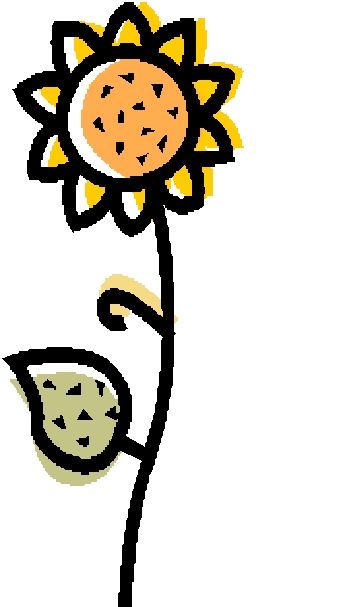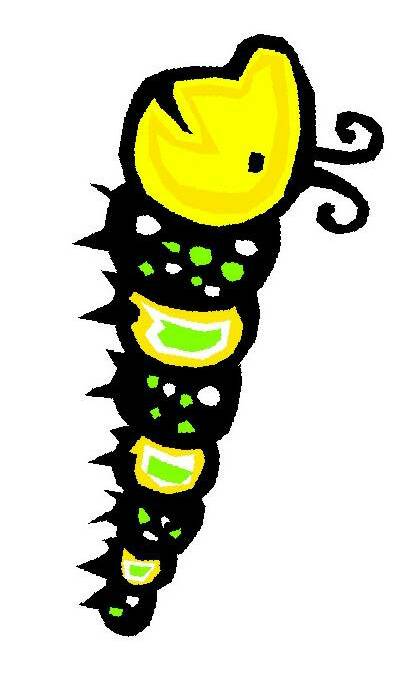C
You've received some milkweed seeds but aren't quite sure what to do with them?
If your seeds came from POLLINATION STATION they are Common Milkweed (Asclepias syriaca) seeds unless specifically marked as another variety. We chose this variety because it is widespread, easily grown and native to most states.
Considered a "Pioneer Plant" Common Milkweed will easily establish itself in any disturbed earth it finds. The feather like tufts which carry the seeds blow easily in the breeze, spreading future plants along roadsides and in meadows.
How do I plant milkweed?
Choose a spot where you can leave the stalks free to spread. A sunny back corner is ideal. Common Milkweed can get quite tall 4-5' when it's mature so you want to put it in the back of your flower beds if the other garden plants are small. It spreads beneath the surface so if your garden has a more formal look, be sure to put a barrier beneath the earth's surface. It's so much easier, however, to set aside a little corner of your yard and let nature take over. You'll be surprised by what you find in your little thicket as birds and small animals seek out the safety of its shelter. There will soon be a variety of "volunteer" plants which will never need tending.
If you don't want self sowing of your milkweed plants, simply cut the seed pods off before they dry out. The flowers have a heavenly scent which will invite a variety of native pollinators. Because it is a perennial, milkweed will take several years to fully develop and won't bloom for the first couple of years.
Have you planted YOUR milkweed, yet? }i{
WHY IS IT IMPORTANT TO PLANT MILKWEED SEEDS?
MONARCHS & MILKWEED
HUMMINGBIRDS
JUST FOR FUN
SPONSORSHIP PROGRAMS
POLLINATION STATION
POLLINATION
Do you need milkweeds seeds?
We have a limited supply of milkweed seeds available if you need them.
Send a self addressed envelope and a minimum donation of $3.00 to cover our costs and we will make sure you get an ample supply and planting instructions. We'll pay for shipping!
The butterflies thank you!
IN THE MEADOW
Stratification
Common Milkweed seeds need stratification which is the natural or artificial softening of the outer seed coat. Planted in the fall, the combination of cold weather and moist conditions will take the seeds through the stratification process naturally. We generally suggest fall as the best time to plant in order to take advantage of the winter climate.
Milkweed seeds can, however, be stratified in a refrigerator. Sprinkle your seeds between two layers of damp paper towels, put them into a zip-lock baggie and place the baggie in your refrigerator for a minimum of 6 weeks. This process mimics the winter conditions your seeds would have outside and allows you to plant them in the spring if you received your seeds late or forgot to plant them earlier.
Time to Plant
Common Milkweed isn't too choosy about soil. Unless your soil is totally lacking in nutrients, the seeds should germinate as long as the earth is loose and kept damp. The plants will only be that much happier if you prepare the bed first with some rich compost material.
Once you have chosen your spot, you need only scratch the seeds into the loosened soil. One
pod has hundreds of seeds so if you have a pod, be sure to break it open and spread the contents-don't plant the pod as one giant seed!
If you sow in the fall, you're done. Just wait for the tiny plants to emerge in the spring. If you have
an exceptionally dry spell, water the area to keep the seeds moist until they germinate.
If you sow your seeds in the spring after at least 6 weeks in your refrigerator, keep the area
moist until the seedlings emerge.
When your milkweed plants start to break the surface, keep them watered until they are established. Mature plants nearly take care of themselves and need little tending.
Pollination Station gave me a potted milkweed.
What do I do with it?
We often give out little peat pots with Tropical Milkweed (Asclepias curassavica) at programs to encourage people to plant milkweed in their gardens. If you were a recipient, you will need to replant your milkweed. We suggest you let the plant rest a day or two as traveling to and from an event might have stressed it a bit. Tropical milkweed is an annual plant in NJ which means if you'd like it to overwinter, it should go into a pot. That way, when the temperatures start dropping, you can bring it indoors and treat it like a houseplant. It's not crazy about being inside and will look a little sad but feel free to pinch the tops to prevent it from getting leggy. In the spring, cut it back to about 4" (you can root the stronger stalks) and the new shoots will start appearing shortly. We've had one going 3 years and it is the "mother" to many new plants.
Pollination Station is is a registered non-profit organization in the
Maine.
We do not receive funding from any Local, State or Federal governments and rely on your donations to support conservation efforts and bring environmental education programs into our community.


